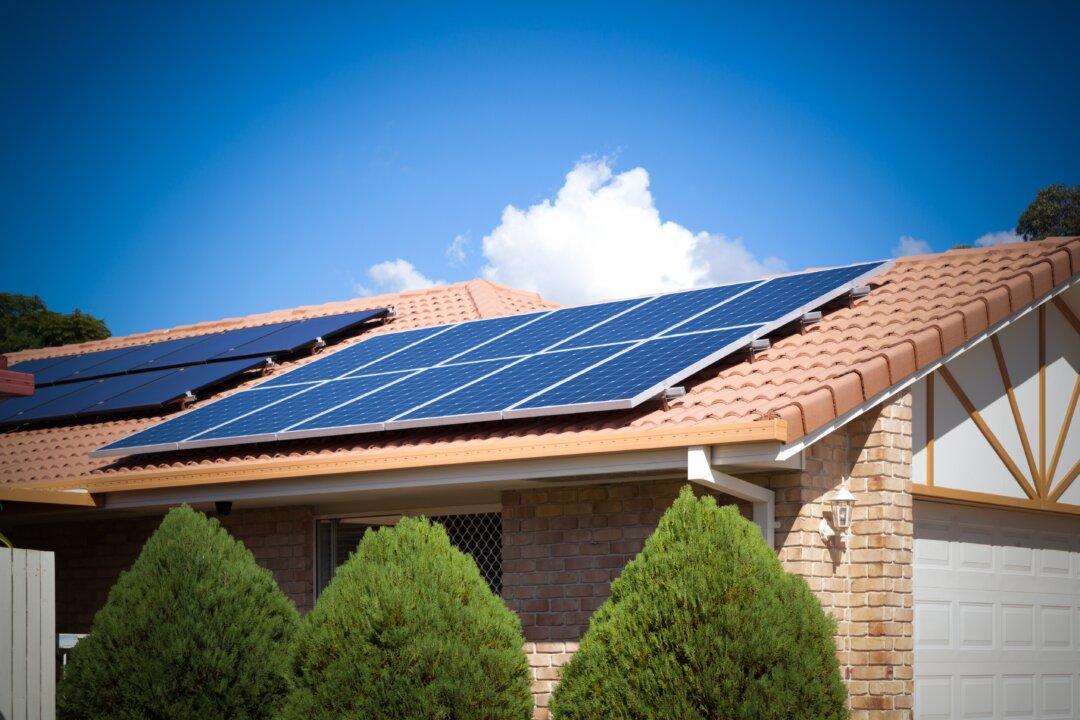The Victorian government has introduced a pilot program designed to create a new virtual power plant pilot (VPP) program in a move designed to push the state’s electrical grid towards a more sustainable future.
The two-year pilot program introduced on Dec. 24 will be overseen by Solar Victoria with a cap of 2000 rebates for Victorians.





